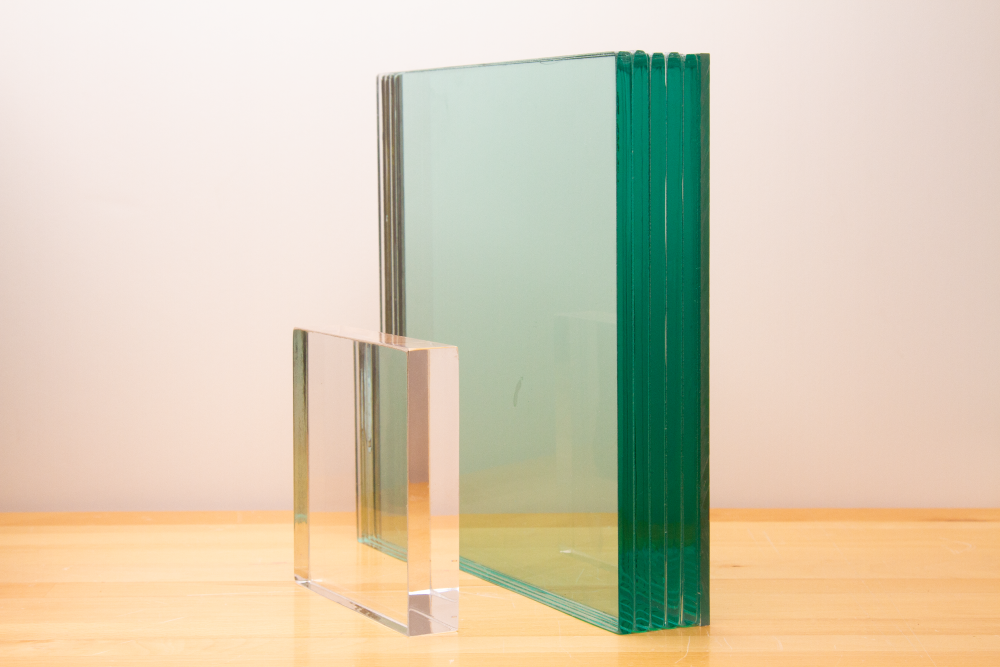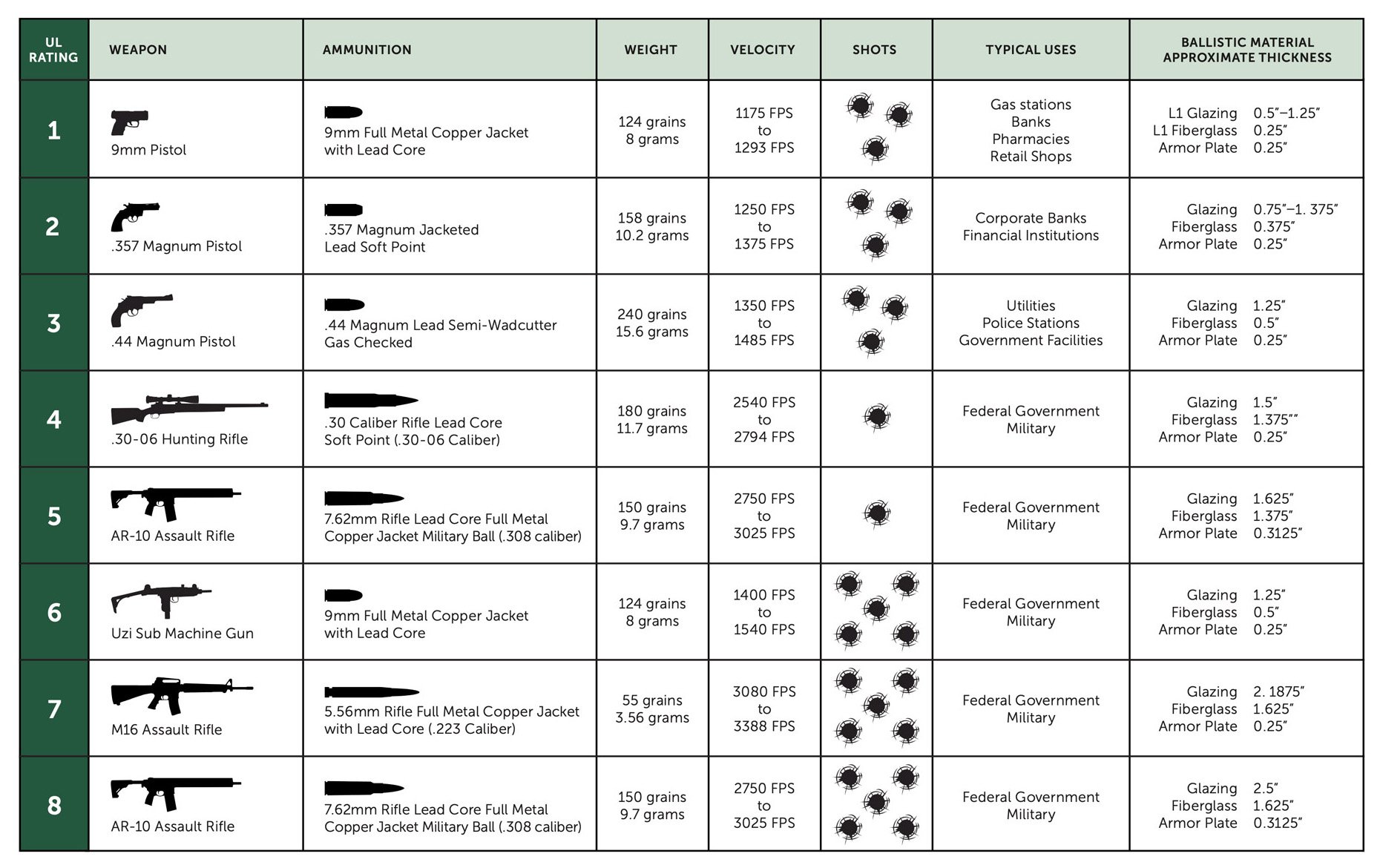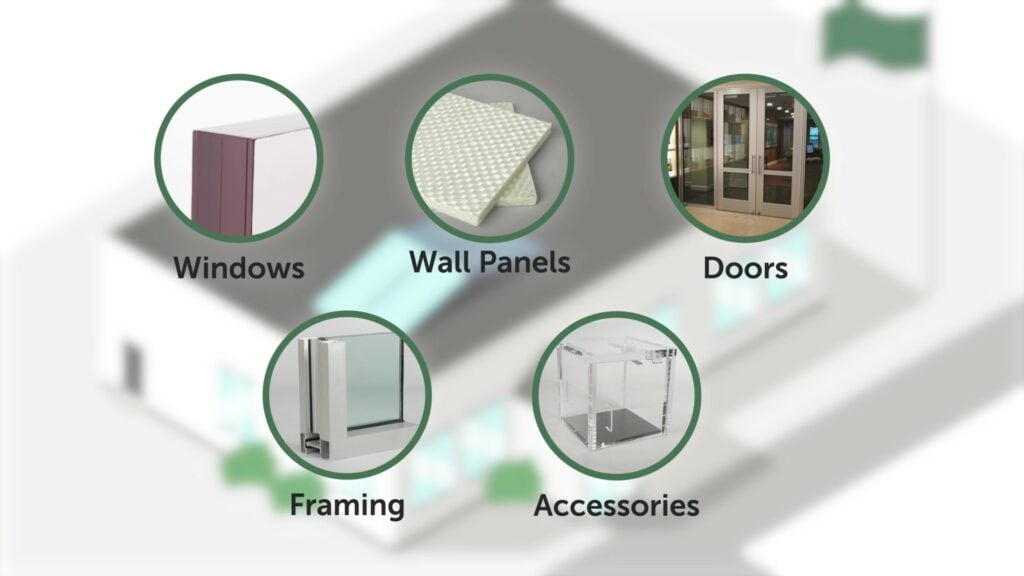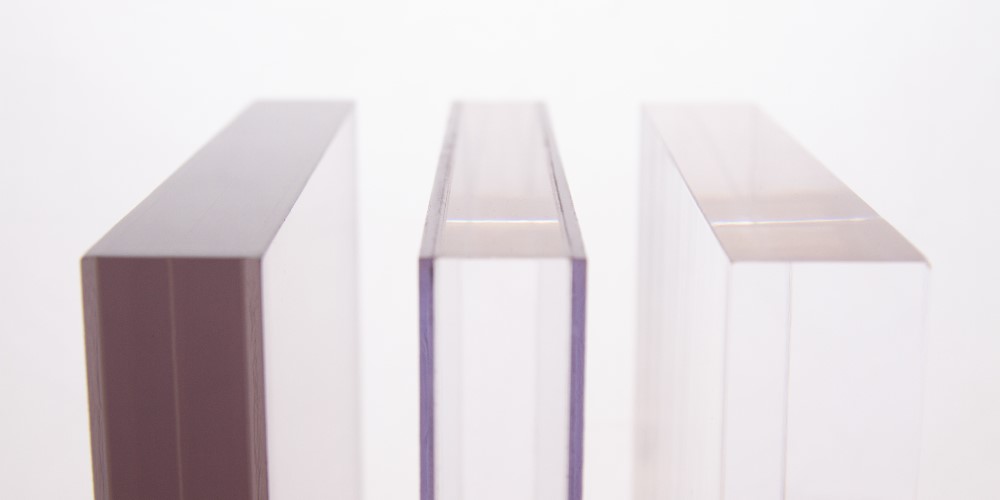An endless supply of high-adrenaline summer blockbusters and dramatic prime-time cop shows have firmly established “bulletproof” as a synonym for “indestructible.” This might seem like great free publicity for ballistic glass companies and installers, but the public’s false sense that they know a lot about guns and bullet-resistant security can be more of a headache than a help.
Total Security Solutions CEO Jim Richards finds these misconceptions fall into the following categories.
Is it Really Bulletproof?
The reality is, nothing is 100% bulletproof. People often fundamentally misunderstand what a “bulletproof” rating means: “They see movies and think this material can stop hundreds of shots,” Jim sighs, “nothing can withstand that.” A UL rating of Level 3, for example, doesn’t mean a piece of glazing will stop an infinite number of shots from a .44 Magnum; it means that a third-party laboratory has independently verified that ballistic glass will stop a tight cluster of three shots from a .44 Magnum pistol (and, in practical terms, will probably stop as many as five or six shots, since few armed robbers enjoy the ideal shooting conditions of a materials testing laboratory).
If you’re not already familiar with the terminology associated with ballistic security, it can seem a bit confusing. So what does “bulletproof” actually mean? It’s the layman’s term for bullet-resistant materials—materials designed to resist the penetration of bullets while allowing for the visibility and ease of communication necessary for everyday human interaction.
Ballistic Glass Weight
Jim points out, “People really have no idea about the weight, and how significant it is.” Hearing that bulletproof glass is actually plastic (usually acrylic, polycarbonate, or a laminated combination of these and glass), folks tend to imagine something light, like a salad-bar sneeze guard. True ballistic glass is a dense high-quality thermoplastic at least eight times thicker than window glass; it starts at around 8 pounds per square foot–meaning that a smallish window will weigh more than 30 pounds by itself. Higher level ballistic glass–capable of stopping several shots from an assault rifle–can be more than 25 pounds per square foot. That can quickly become a very real structural concern and is especially troublesome to companies that specialize in bulletproof conversion for vehicles.

The image above compares level 1 acrylic glazing to level 8 glass-clad polycarbonate. The level 1 acrylic is 1 ¼ inches thick and weighs 7.7 lbs per square foot. The level 8 glass-clad polycarbonate is 2 ½ inches thick and weighs 24.9 lbs per square foot. The two types of ballistic glazing are designed to protect against different threat levels (more on that below).
Ballistic Glass Cost
“People have no idea about the cost,” Jim adds. Again, we associate “plastic” with something that’s cheap and common; most people who aren’t familiar with the industry are shocked to learn that the cost for a prefabricated ballistic glass transaction window starts around $4,000. Entire custom ballistic systems for banks, government, and other buildings often reach into six figures depending on multiple factors.
Things can get more complicated when you factor in costs for other components like framing, doors, wall panels, and accessories. Your final quote may also include costs for design, manufacturing, packaging, freight, and installation. Choosing to incorporate bulletproof glass into your physical security is a big investment and it’s critical to work with a manufacturer who can help you choose the right materials for your project. Because TSS designs custom solutions for every unique system, we can help make sure you only pay for the products you actually need.
Ballistic Glass Durability
It’s common to think of “bulletproof” as being indestructibly durable in all situations—and thus suitable for any stressful environment, from robbery-prone retail stores to extreme weather shelters. But that’s simply not the case; not all bullet-resistant products are suitable for preventing forced entry (which exerts very different stresses on a material than a speeding bullet). In fact, the two types of protection are rated according to two entirely different UL standards! Whereas forced entry glass is well suited to protect against property damage and theft, ballistic-rated glass is designed to stop bullets. Since dual ratings are not required of these products, it’s imperative to consider how forced-entry and ballistic options align with your specific security goals.
Another important point to consider is how to care for your ballistic product, as improper cleaning can badly mar an otherwise beautiful installation. Because ballistic glass is composed of different materials than a standard glass window, cleaning products such as Windex or Clorox should be avoided. Instead, opt to use warm water with a mild soap for cleaning, and diluted hydrogen peroxide or isopropyl alcohol for disinfecting.
Protection Levels
Most people assume they need the highest protection level available, but it really depends on the industry, location, and anticipated threats. We discussed bulletproof levels and ballistic barrier system planning in-depth in an earlier blog, determining that it really comes down to the security needs of the end-users, striking a balance between perceived threat level, and functionality for employees and visitors. For those looking to guard against a cluster of pistol bullets, Level 1-3 materials offer the appropriate amount of protection, while Levels 4 and above are reserved more for protection against various rifles.

Ballistic Barrier Systems
When it comes to ballistic security, a single piece of bulletproof glass is rarely the right solution. Here at TSS, we recommend a systems approach — a system of components such as windows, wall panels, doors, framing, and accessories, working together to fully protect your people and property. This approach creates a custom-designed solution, addressing all of the end-user’s security goals, from exteriors and entryways to teller lines and back offices.

TSS: Providing You With Answers
Despite the occasional frustrations, Jim still finds that “it’s a good conversation starter at parties; you tell people you do bullet-resistant glass work, and they clearly have all sorts of questions and ideas.”
For the answers to more questions, download our free Ultimate Guide to Bulletproof Glass and Bullet-Resistant Barriers, and be sure to contact our ballistic security experts if you have questions or want to get started with a specific project.

